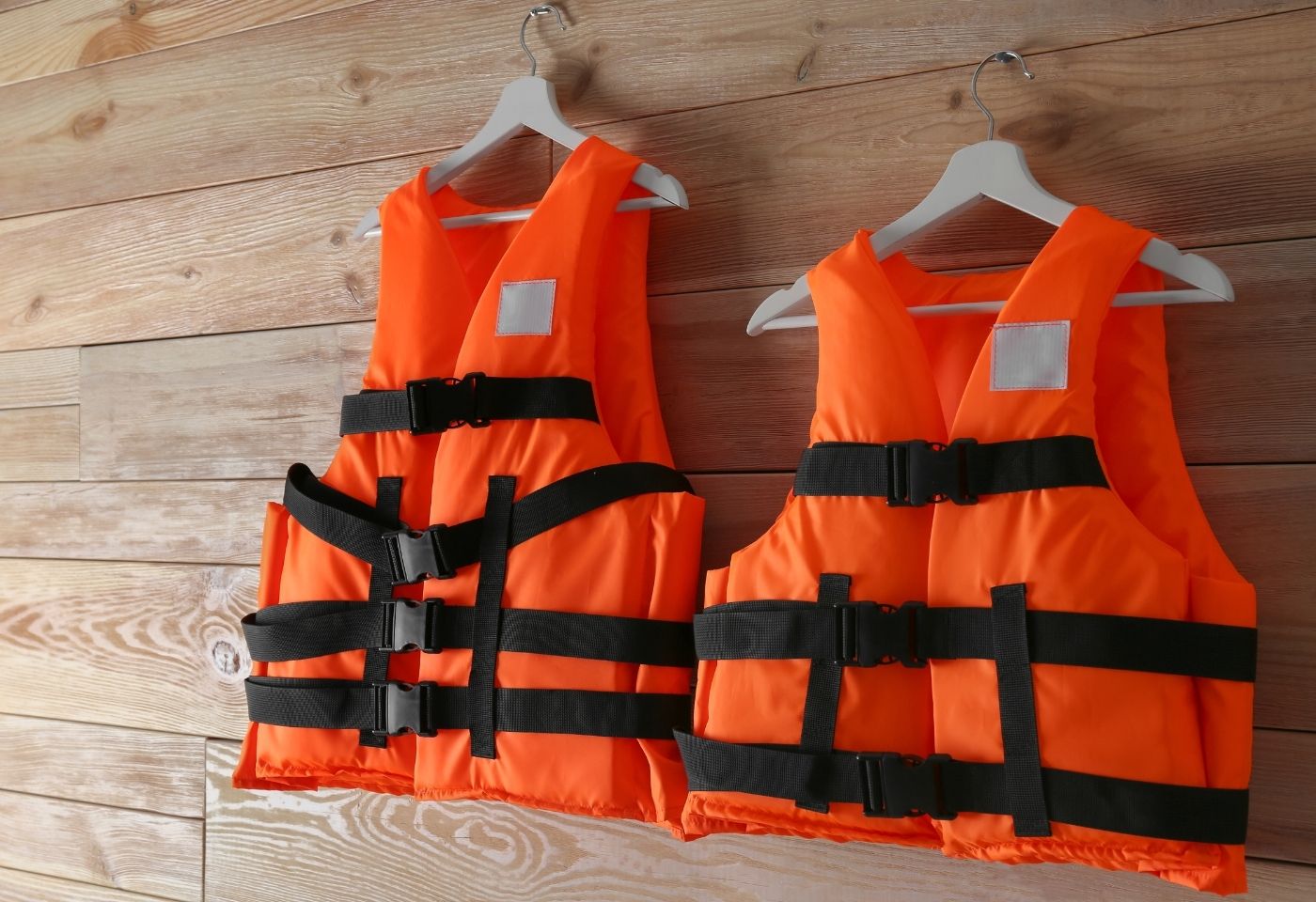
In this guide, you’ll learn what to do in a boat emergency, including man overboard, fire, signaling for help, and using onboard safety equipment. Whether you’re renting a no-license boat for the first time or have experience, these tips could save lives.
When you rent a boat, it’s important to enjoy the sea — but also to be prepared for the unexpected. Emergencies on the water can happen even on calm days. That’s why all of our boats come equipped with the necessary safety gear, and why we carefully explain how to use it before departure.
Contents
ToggleGeneral Emergency Procedure
If any emergency arises:
- Have all passengers immediately put on life jackets (located in a storage box)
- Call us directly at: +30 6977 123 436 (Primary) or +30 6974 179 831 — our team is always on standby to assist.
- Provide your boat number, written clearly on the dashboard near the wheel
If your mobile has no signal, call European Emergency Number 112, and you’ll be directly connected to the Hellenic Coast Guard.

All Chania Boat vessels are equipped with GPS trackers, so we can locate you quickly in any situation.
Man Overboard – What to Do
If someone falls into the sea:
- Immediately throw the lifebuoy (found in the safety box)
- Make sure to hold the rope attached to the boat while throwing it
- Pull the person slowly toward the boat once they’ve grabbed on
Important:
Check the direction of the wind before throwing the buoy so it floats toward the person — not away.
If multiple people are in the water, also throw the floating buoyancy device (shown to you at boarding). Aim downwind so it drifts toward them.


Fire Onboard
All boats are equipped with a fire extinguisher. If a fire starts:
Shut off the engine if it’s safe to do so
Use the fire extinguisher located near the area shown to you during the safety demo
You can also use the 10-liter bucket tied to the boat to throw seawater if necessary


Day and Night Distress Signals
During the Day
Use the smoke signal (orange) located onboard. Read the printed instructions before using.
At Night
Use the flare:
- Hold it at arm’s length, away from your face and body
- Point it upward and against the wind
This makes you visible to nearby boats, the coast guard, or rescue teams.


Sending an SOS Signal with Light
If flares or phone contact are not an option, use a flashlight or your boat’s headlight to signal SOS.
SOS (· · · — — — · · ·) is a Morse code. It is used as distress code, to signal danger.
- 3 short flashes
- 3 long flashes
- 3 short flashes again
Aim it toward nearby boats or the coastline. Most LED flashlights have a built-in SOS mode that can flash automatically.


What Makes Chania Boat Safer
- Every boat has GPS tracking, so we know where you are at all times
- We always have staff on the water nearby to respond quickly
- All safety gear is standard on every boat: life jackets, fire extinguisher, buoy, floating anchor, emergency contacts, and more
- Our team gives every customer a full safety walkthrough before departure, and we’re always on standby to help.
Frequently Asked Questions About Boat Emergencies
What if my phone doesn’t work at sea?
Call 112, the European emergency number — even without signal, your call may go through. All boats have GPS, so the coast guard can still locate you.
Do I need to activate any device for the GPS tracker?
No. All GPS tracking is automatic. Our staff monitors boat positions at all times.
Can I use the bucket as a fire extinguisher?
It’s not a replacement, but yes — the 10-liter seawater bucket is there as backup. It’s tied to the boat and always available.
Where is the life-saving buoyancy device kept?
We’ll show you its location before departure. It’s stored on deck or in a labeled compartment.
Final Reminder
- Always stay calm, put on life jackets first, and follow your safety training. Knowing what to do in a boat emergency can make all the difference. The sea is beautiful — but preparation is what keeps it safe.


